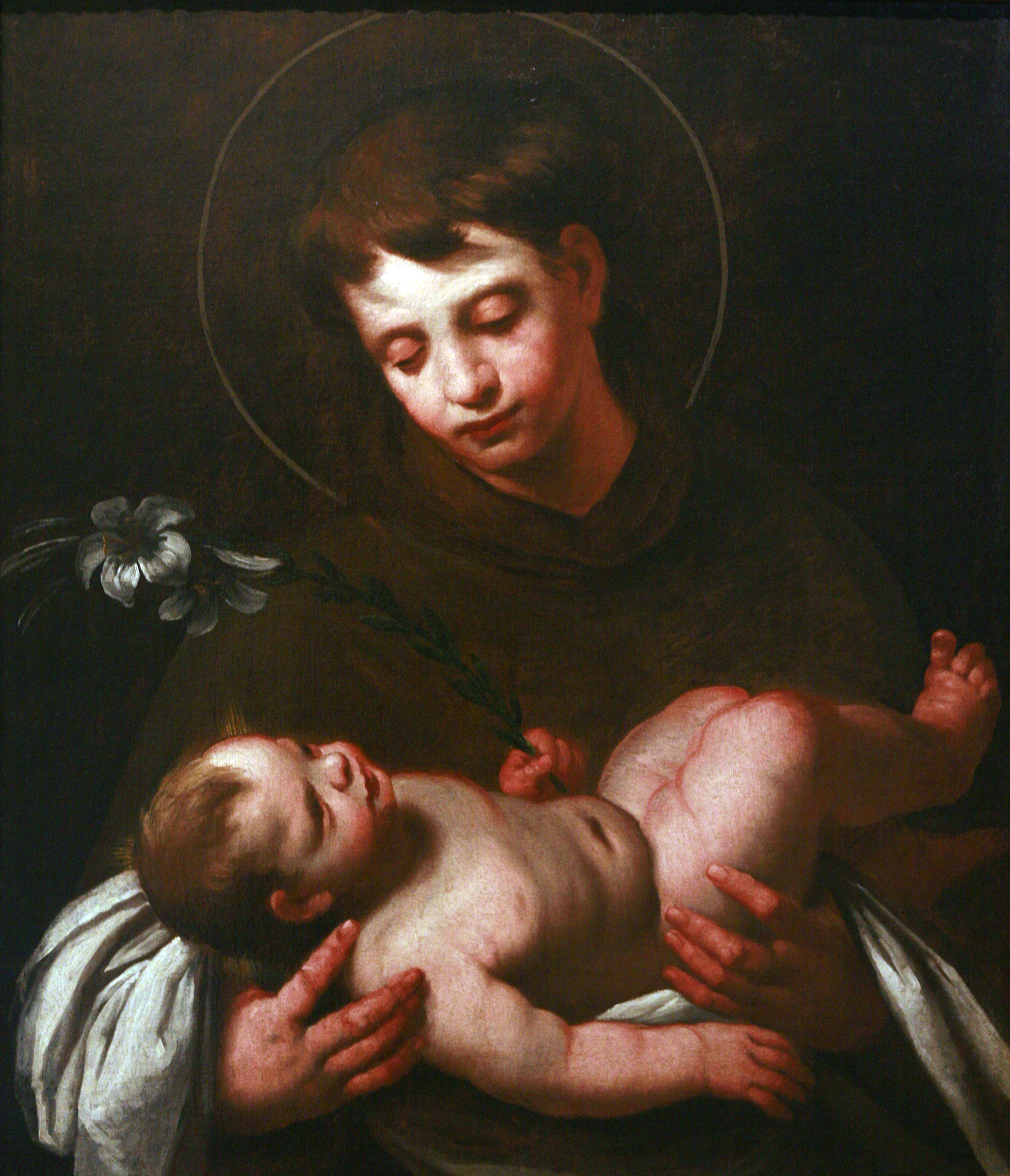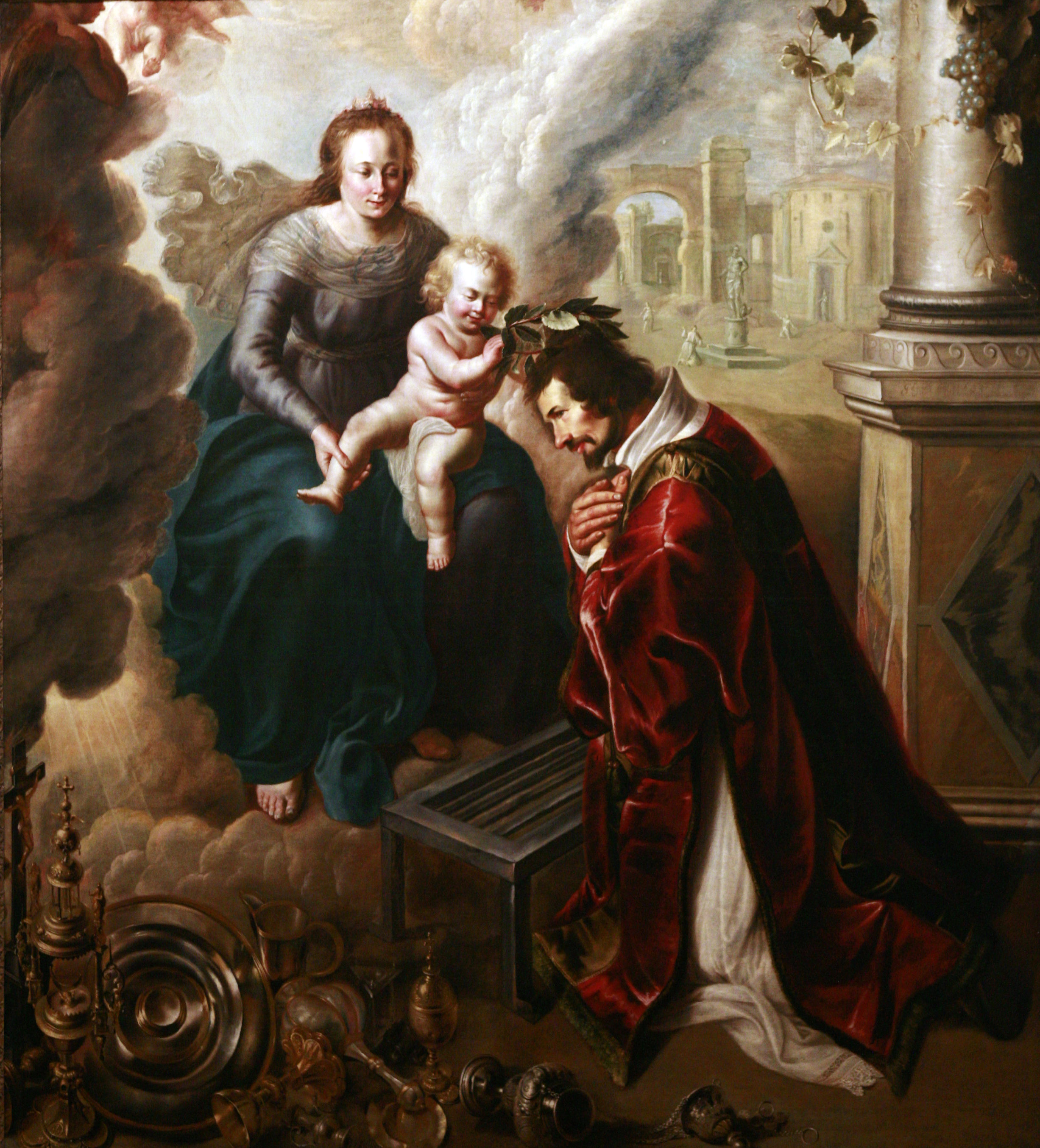Source(Google.com.pk)
Free Pictures Of Baby Jesus Biography
Jesus Christ, also called Jesus of Galilee or Jesus of Nazareth (born c. 6–4 bc, Bethlehem—died c. ad 30, Jerusalem), founder of Christianity, one of the world’s largest religions, and the incarnation of God according to most Christians. His teachings and deeds are recorded in the New Testament, which is essentially a theological document that makes discovery of the “historical Jesus” difficult. The basic outlines of his career and message, however, can be characterized when considered in the context of 1st-century Judaism and, especially, Jewish eschatology. The history of Christian reflection on the teachings and nature of Jesus is examined in the article Christology.
Ancient Jews usuallhad only one name, and, when greater specificity was needed, it was customary to add the father’s name or the place of origin. Thus, in his lifetime Jesus was called Jesus son of Joseph (Luke 4:22; John 1:45; 6:42), Jesus of Nazareth (Acts 10:38), or Jesus the Nazarene (Mark 1:24; Luke 24:19). After his death, he came to be called Jesus Christ. Christ was not originally a name but a title derived from the Greek word christos, which translates the Hebrew term meshiah (Messiah), meaning “the anointed one.” This title indicates that Jesus’ followers believed him to be the anointed son of King David, whom some Jews expected to restore the fortunes of Israel. Passages such as Acts of the Apostles 2:36 show that some early Christian writers knew that the Christ was properly a title, but in many passages of the New Testament, including those in Paul’s letters, the name and the title are combined and used together as Jesus’ name: Jesus Christ or Christ Jesus (Romans 1:1; 3:24). Paul sometimes simply used Christ as Jesus’ name (e.g., Romans 5:6).
Although born in Bethlehem, according to Matthew and Luke, Jesus was a Galilean from Nazareth, a village near Sepphoris, one of the two major cities of Galilee (Tiberias was the other). He was born to Joseph and Mary shortly before the death of Herod the Great (Matthew 2; Luke 1:5) in 4 bc. According to Matthew and Luke, however, Joseph was only his father legally. They report that Mary was a virgin when Jesus was conceived and that she “was found to be with child from the Holy Spirit” (Matthew 1:18; cf. Luke 1:35). Joseph is said to have been a carpenter (Matthew 13:55), that is, a craftsman who worked with his hands, and, according to Mark 6:3, Jesus also became a carpenter.
Luke (2:41–52) states that as a child Jesus was precociously learned, but there is no other evidence of his childhood or early life. As a young adult, he went to be baptized by the prophet John the Baptist and shortly thereafter became an itinerant preacher and healer (Mark 1:2–28). In his mid-30s, Jesus had a short public career, lasting perhaps less than one year, during which he attracted considerable attention. Some time between ad 29 and 33—possibly ad 30—he went to observe Passover in Jerusalem, where his entrance, according to the Gospels, was triumphant and infused with eschatological significance. While there he was arrested, tried, and executed. His disciples became convinced that he still lived and had appeared to them. They converted others to belief in him, which eventually led to a new religion, Christianity.
Palestine in Jesus’ day was part of the Roman Empire, which controlled its various territories in a number of ways. In the East (eastern Asia Minor, Syria, Palestine, and Egypt), territories were governed either by kings who were “friends and allies” of Rome (often called “client” kings or, more disparagingly, “puppet” kings) or by governors supported by a Roman army. When Jesus was born, all of Jewish Palestine, as well as some of the neighbouring Gentile areas, was ruled by Rome’s able “friend and ally” Herod the Great. For Rome, Palestine was important not in itself but because it lay between Syria and Egypt, two of Rome’s most valuable possessions. Rome had legions in both countries but not in Palestine. Roman imperial policy required that Palestine be loyal and peaceful, so that it did not undermine Rome’s larger interests. This end was achieved for a long time by permitting Herod to remain king of Judaea (37–4 bc) and allowing him a free hand in governing his kingdom, as long as the requirements of stability and loyalty were met.
When Herod died shortly after Jesus’ birth, his kingdom was divided into five parts. Most of the Gentile areas were separated from the Jewish areas, which were split between two of Herod’s sons, Herod Archelaus, who received Judaea and Idumaea (as well as Samaria, which was non-Jewish), and Herod Antipas, who received Galilee and Peraea. (In the New Testament, Antipas is somewhat confusingly called Herod, as in Luke 23:6–12; apparently the sons of Herod took his name, just as the successors of Julius Caesar were commonly called Caesar.) Both sons were given lesser titles than king: Archelaus was ethnarch; Antipas was tetrarch. The non-Jewish areas (except Samaria) were assigned to a third son, Philip, to Herod’s sister Salome, or to the province of Syria. The emperor Augustus deposed the unsatisfactory Archelaus in ad 6, however, and transformed Judaea, Idumaea, and Samaria from a client kingdom into an “imperial province.” Accordingly, he sent a prefect to govern this province. This minor Roman aristocrat (later called a procurator) was supported by a small Roman army of approximately 3,000 men. The soldiers, however, came not from Italy but from nearby Gentile cities, especially Caesarea and Sebaste; presumably the officers were from Italy. During Jesus’ public career, the Roman prefect was Pontius Pilate (ruled ad 26–36).
Although nominally in charge of Judaea, Samaria, and Idumaea, the prefect did not govern his area directly; instead, he relied on local leaders. The prefect and his small army lived in the predominantly Gentile city Caesarea, on the Mediterranean coast, about two days’ march from Jerusalem. They came to Jerusalem only to ensure peace during the pilgrimage festivals—Passover, Weeks (Shabuoth), and Booths (Sukkoth)—when large crowds and patriotic themes sometimes combined to spark unrest or uprisings. On a day-to-day basis Jerusalem was governed by the high priest. Assisted by a council, he had the difficult task of mediating between the remote Roman prefect and the local populace, which was hostile toward pagans and wanted to be free of foreign interference. His political responsibility was to maintain order and to see that tribute was paid. Caiaphas, the high priest during Jesus’ adulthood, held the office from about ad 18 to 36, longer than anyone else during the Roman period, indicating that he was a successful and reliable diplomat. Since he and Pilate were in power together for 10 years, they must have collaborated successfully.
Thus, at the time of Jesus’ public career, Galilee was governed by the tetrarch Antipas, who was sovereign within his own domain, provided that he remained loyal to Rome and maintained peace and stability within his borders. Judaea (including Jerusalem) was nominally governed by Pilate, but the actual daily rule of Jerusalem was in the hands of Caiaphas and his council.
Free Pictures Of Baby Jesus

Free Pictures Of Baby Jesus

Free Pictures Of Baby Jesus

Free Pictures Of Baby Jesus

Free Pictures Of Baby Jesus

Free Pictures Of Baby Jesus
Free Pictures Of Baby Jesus

Free Pictures Of Baby Jesus

Free Pictures Of Baby Jesus

Free Pictures Of Baby Jesus

No comments:
Post a Comment